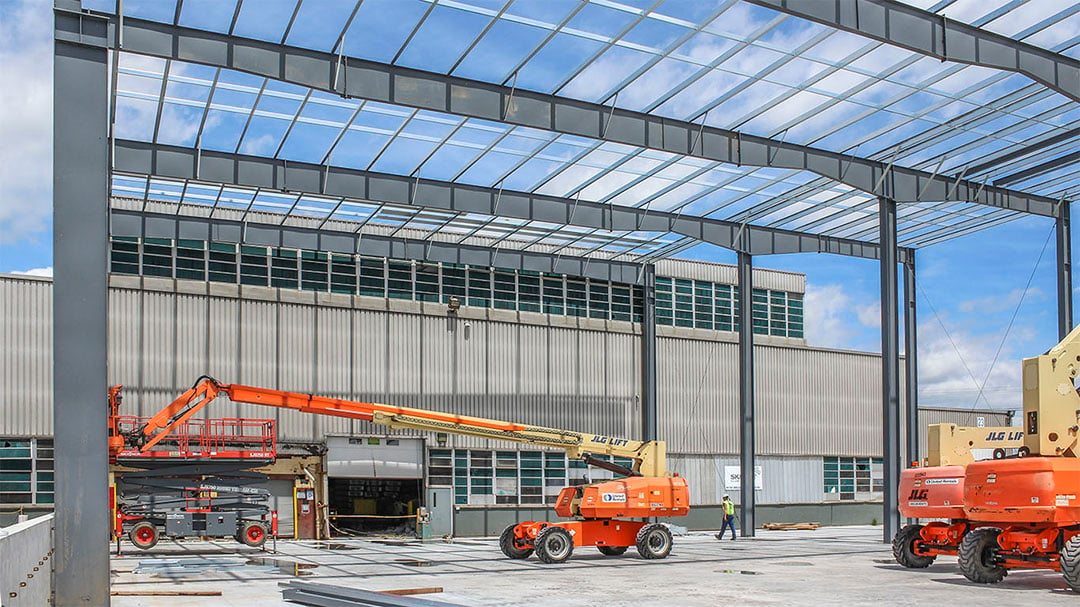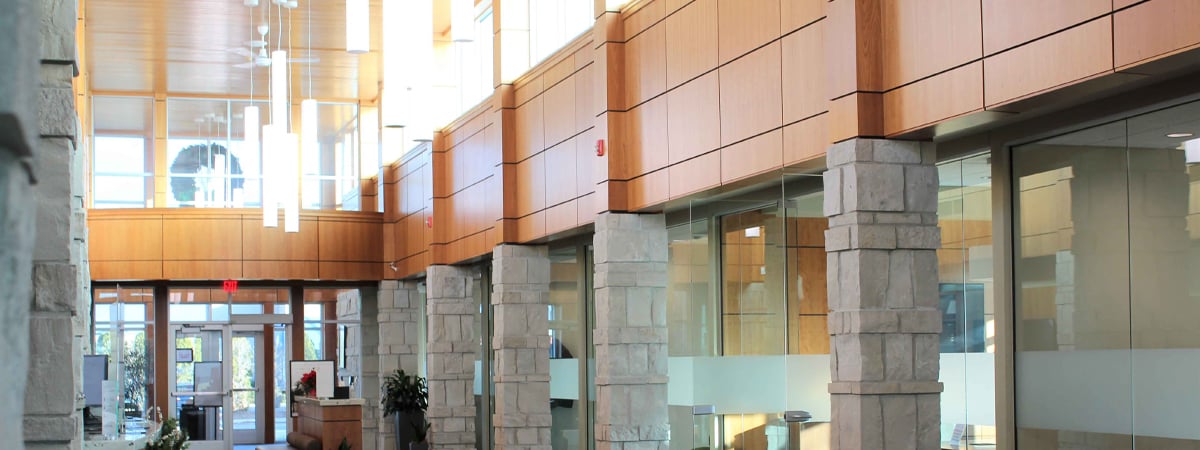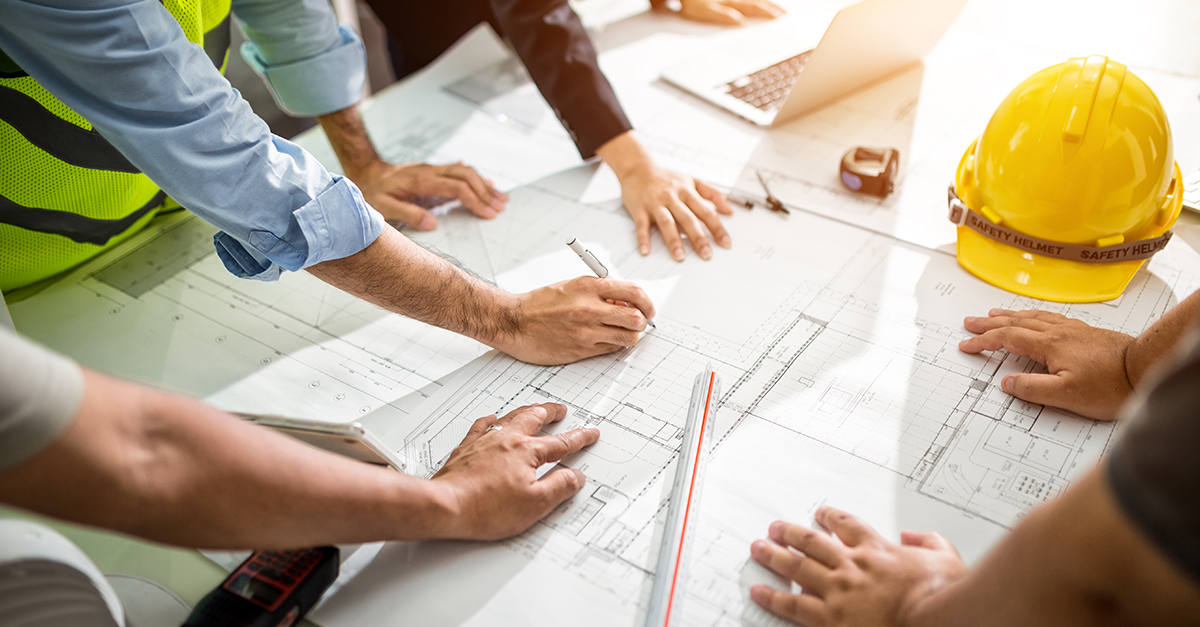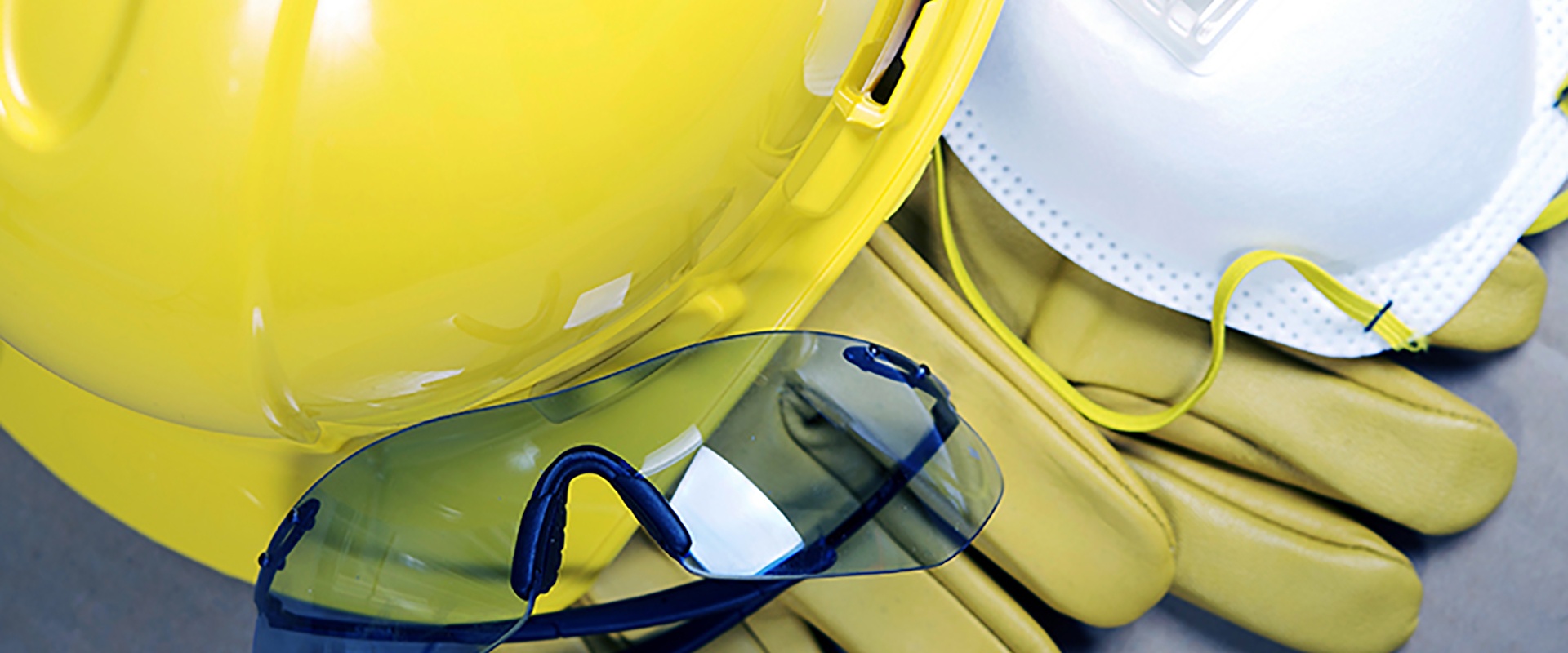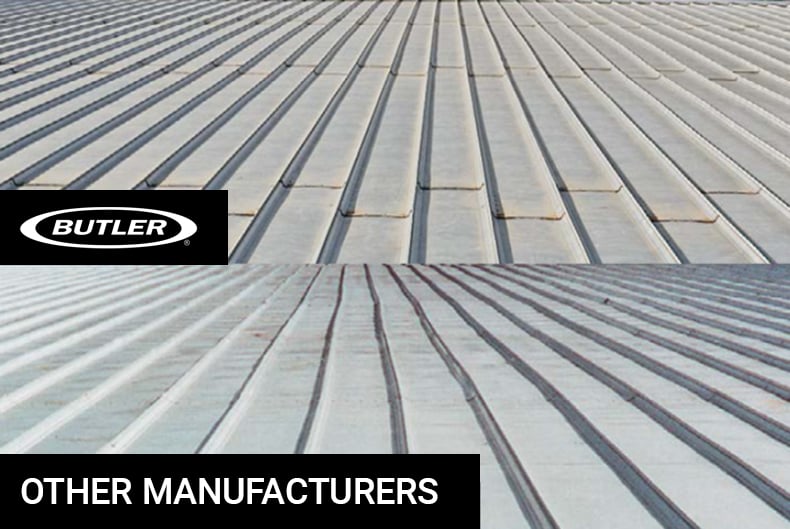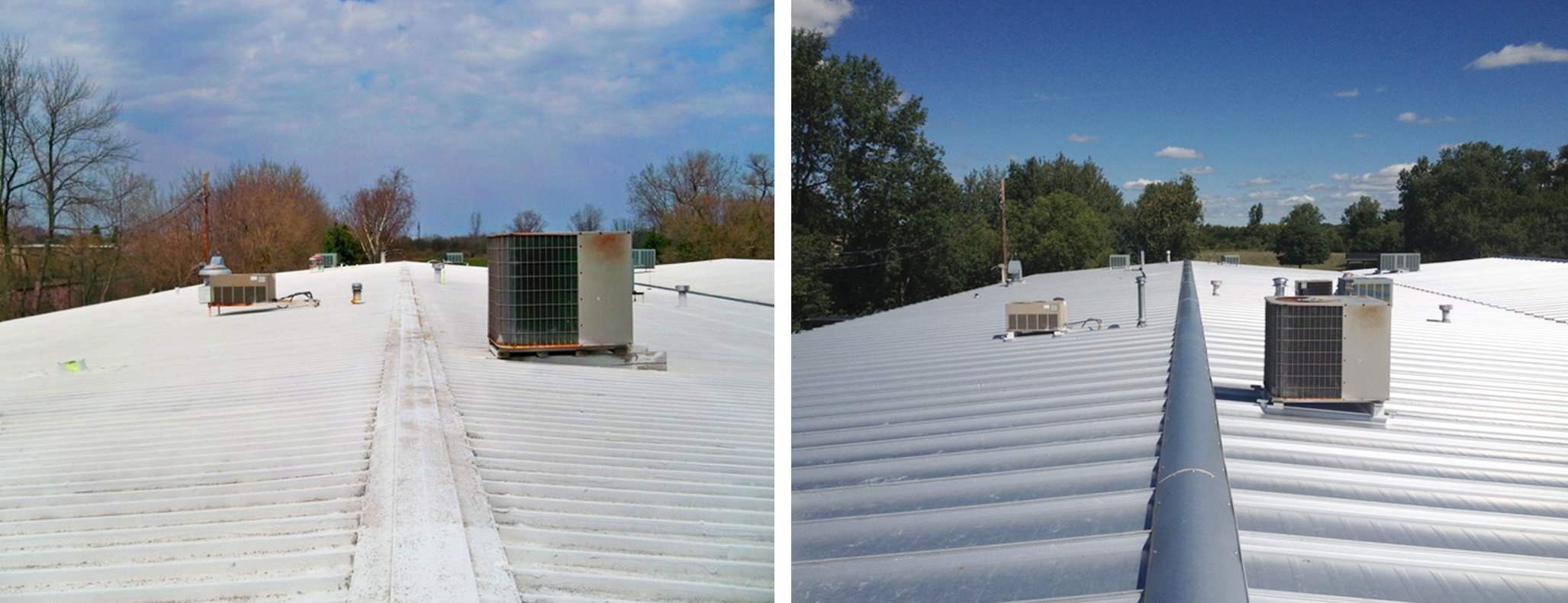
Construction Resources
Construction Resources
Building Northeast Wisconsin Since 1963
Constructing a new manufacturing plant or expanding your current facility can be an exciting and sometimes frustrating process. There are plenty of challenges that can arise along the way, so it’s a good idea to be as prepared as possible. It is helpful to have a fairly good understanding of the different steps required to plan and manage your construction project—steps that lead up to you being handed the keys and the O&M manuals.
Read More
It may be tempting to put off a renovation or expansion project due to the cost, effort, and inconvenience it may cause. However, delaying a much-needed update to your commercial building can be holding your business back and limiting potential revenue, customers, or quality employees.
Read More
The design-build method is a growing trend in the construction industry due to its cost and time-saving benefits. Unlike the traditional design-bid-build method, in which a project owner must manage two separate contracts between the designer and contractor, design-build promotes a collaborative environment where all key project players work under one team and contract to achieve the same goal—the project’s overall success.
Read More
It’s no secret the global pandemic wreaked havoc on supply chains across all industries. While the supply chain is still very much in disarray, it appears as though things are beginning to stabilize in the construction industry. However, new global events and constraints could easily send things spiraling once again, so it’s important to stay prepared if you are considering a new construction project.This blog offers three ways you can adapt to current and potential construction supply chain shortages, as well as how to plan a construction project that sets you up for success.
Read More
Scheduling a walk-through of your facility is an excellent opportunity to help identify improvement opportunities as well as potential risks and hazards. This blog highlights five key ways manufacturers can enhance their facilities to save time and money while also improving employee recruitment, retention, and safety.
Read More
How can an office buildout be critical to your company's success? One of the ways that manufacturers can ensure continued growth is to be flexible. That flexibility can manifest in many different ways, including changing what you produce, how you produce it, or how much you produce. Many of those changes will result in staffing changes that will require you to increase your available office space.
Read More
Re-roofing your commercial building is a big project. In fact, it may be one of your biggest business investments, so it’s critical you do your research and talk to a commercial roofing expert before choosing between a metal or flat roof. Climate, building slope, roof size, and building codes are all key points to think about if you are considering commercial roof replacement.
Read More
Your roof is one of the biggest investments you’ll make for your business, so it’s no surprise you want to make it last. A well-installed roof can last decades, but only if you take care of it with routine roof repairs and maintenance.
Read More
Metal roofs are gaining popularity in both commercial and industrial applications. There are many advantages of choosing a metal roof, from minimal maintenance to overall durability, to the ability to withstand changing seasons and extreme weather, like heavy snowfalls and high winds. As you research the best metal roof for your project, what are the important fabrication and installation factors to consider?
Read More
Pre-engineered steel structures with metal roofs gained immense popularity with building owners in the 1970s. Most often, the type of roof installed on these early buildings were what is commonly referred to as “screw down” metal roofs. They have provided long-lasting weather protection due to their durability and resilience and were workhorses in many different climate environments.
Read More
What's Being Built In Northeast Wisconsin?
Subscribe to see all the latest news from A.C.E. Building Service. We promise we will not flood your email inbox, and we never, ever share our contact list. We promise.
Subscribe for the Latest Construction News
About Us
A.C.E. Building Service offers design/build commercial and industrial construction services throughout Northeast Wisconsin and is the exclusive Butler Builder for the lakeshore from Sheboygan to Door County.



